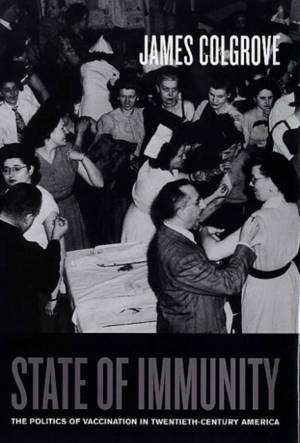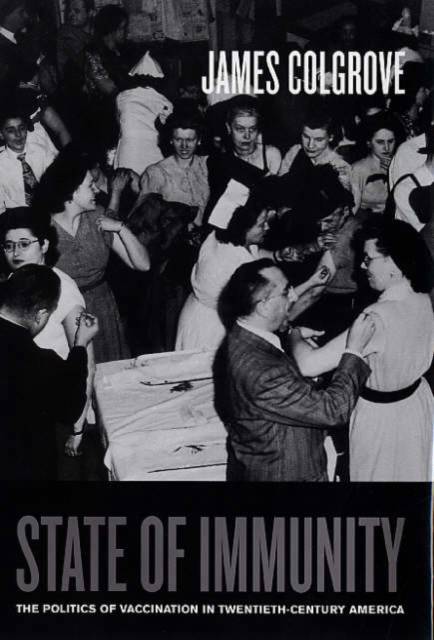
- Afhalen na 1 uur in een winkel met voorraad
- Gratis thuislevering in België vanaf € 30
- Ruim aanbod met 7 miljoen producten
- Afhalen na 1 uur in een winkel met voorraad
- Gratis thuislevering in België vanaf € 30
- Ruim aanbod met 7 miljoen producten
Zoeken
€ 144,45
+ 288 punten
Omschrijving
This first comprehensive history of the social and political aspects of vaccination in the United States tells the story of how vaccination became a widely accepted public health measure over the course of the twentieth century. One hundred years ago, just a handful of vaccines existed, and only one, for smallpox, was widely used. Today more than two dozen vaccines are in use, fourteen of which are universally recommended for children. State of Immunity examines the strategies that health officials have used--ranging from advertising and public relations campaigns to laws requiring children to be immunized before they can attend school--to gain public acceptance of vaccines. Like any medical intervention, vaccination carries a small risk of adverse reactions. But unlike other procedures, it is performed on healthy people, most commonly children, and has been mandated by law. Vaccination thus poses unique ethical, political, and legal questions.
James Colgrove considers how individual liberty should be balanced against the need to protect the common welfare, how experts should act in the face of incomplete or inconsistent scientific information, and how the public should be involved in these decisions. A well-researched, intelligent, and balanced look at a timely topic, this book explores these issues through a vivid historical narrative that offers new insights into the past, present, and future of vaccination.
James Colgrove considers how individual liberty should be balanced against the need to protect the common welfare, how experts should act in the face of incomplete or inconsistent scientific information, and how the public should be involved in these decisions. A well-researched, intelligent, and balanced look at a timely topic, this book explores these issues through a vivid historical narrative that offers new insights into the past, present, and future of vaccination.
Specificaties
Betrokkenen
- Auteur(s):
- Uitgeverij:
Inhoud
- Aantal bladzijden:
- 349
- Taal:
- Engels
- Reeks:
- Reeksnummer:
- nr. 16
Eigenschappen
- Productcode (EAN):
- 9780520247499
- Verschijningsdatum:
- 5/10/2006
- Uitvoering:
- Hardcover
- Formaat:
- Genaaid
- Afmetingen:
- 160 mm x 237 mm
- Gewicht:
- 639 g

Alleen bij Standaard Boekhandel
+ 288 punten op je klantenkaart van Standaard Boekhandel
Beoordelingen
We publiceren alleen reviews die voldoen aan de voorwaarden voor reviews. Bekijk onze voorwaarden voor reviews.











